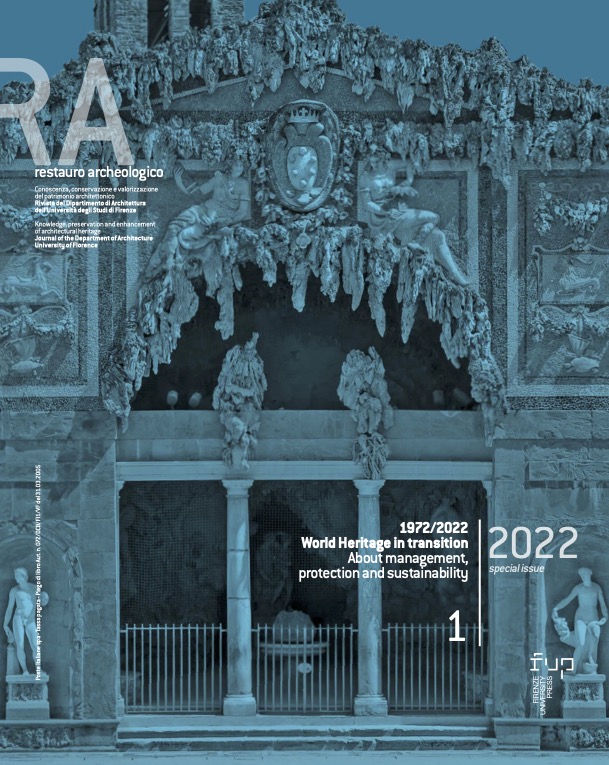Innovative techniques integrating advanced and bio-composite materials for energy and seismic retrofitting of built heritage
Published 2023-02-03
Keywords
- Building heritage,
- Deep renovation,
- Technological innovation,
- Bio-composite materials,
- Environmental impact
How to Cite
Abstract
Cultural heritage is recognized as a driver of the sustainable development. The UNESCO’s 1972 World Heritage Convention has addressed key topics that link heritage practices to sustainability objectives. Historic buildings make up a considerable part of EU building stock, and their renovation and safeguarding require retrofit solutions that balance safety, energy efficiency, human comfort, heritage value preservation and environmental sustainability. This article tries to throw light on innovative techniques for heritage restoration based on sustainability, reuse, and recycle principles through non-invasive interventions. The work outlines the progress in the field of advanced materials obtained through the reuse of recycled materials, showing outcomes from MIRACLE research carried out by University of Florence on the development of an innovative fiber-reinforced bio-composite matrix to be applied for energy plus seismic retrofitting of existing masonry buildings built before 1945.


